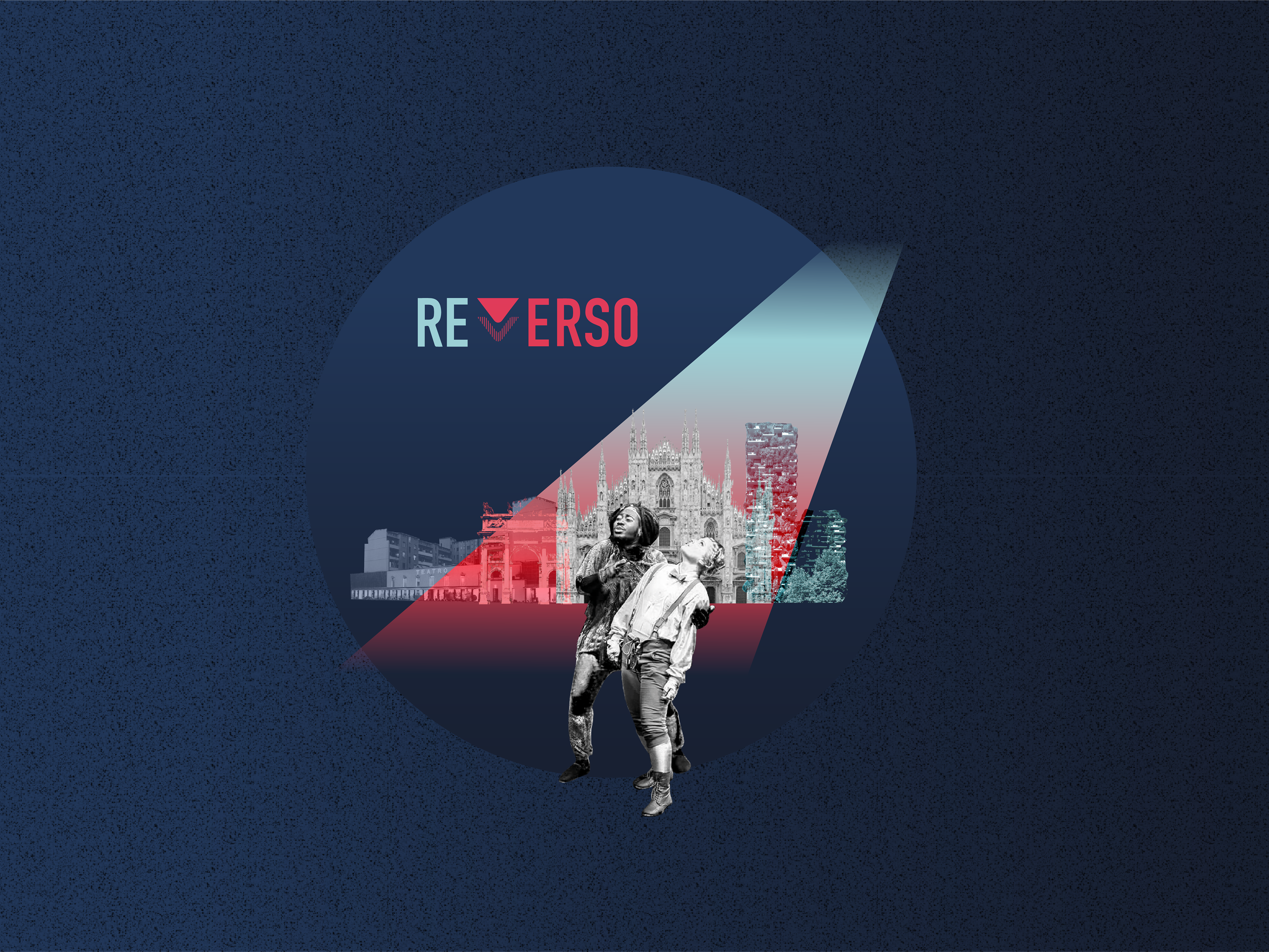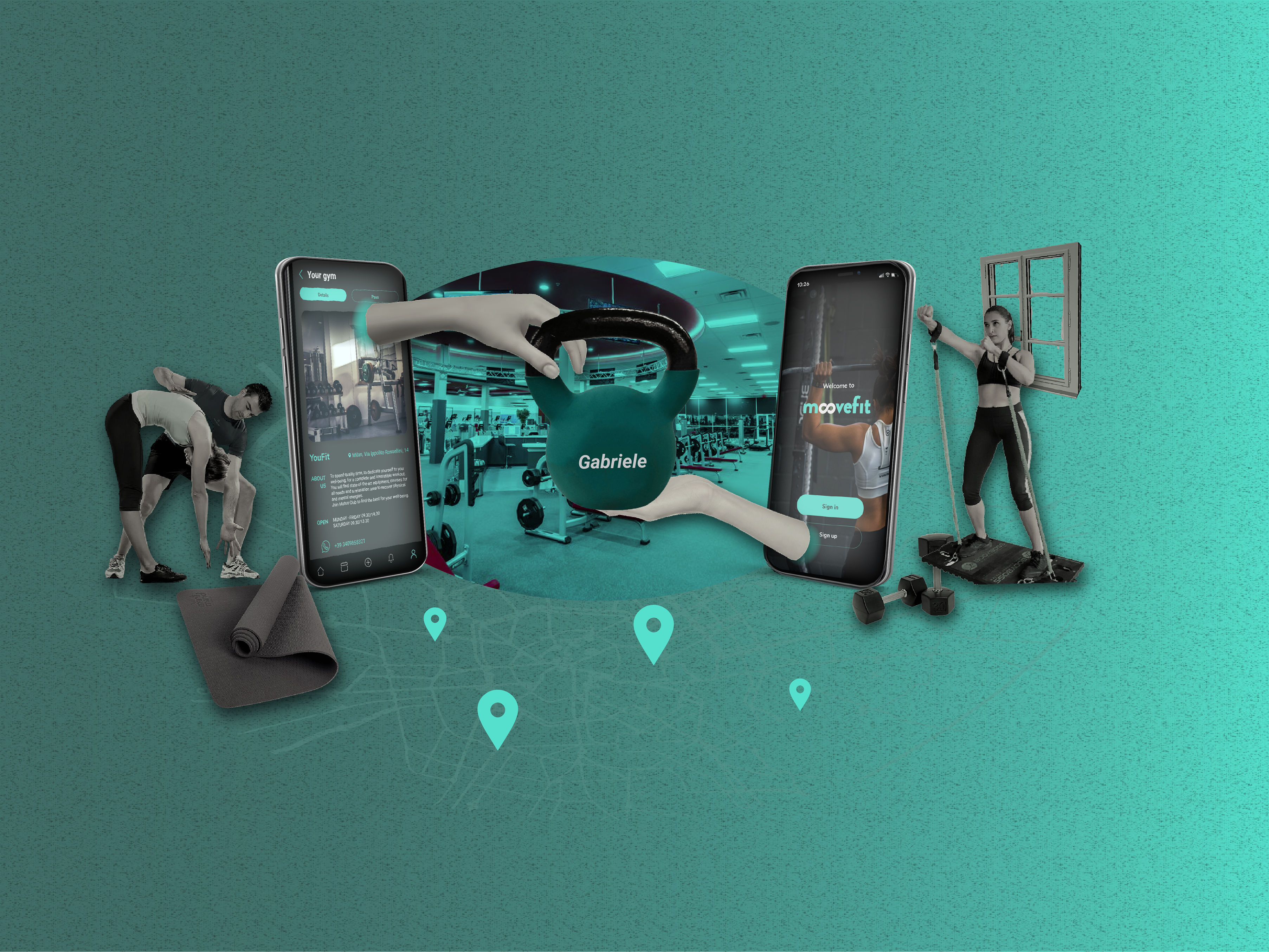Project title
Augmented Auditive Intelligence (A2I)
Augmented Auditive Intelligence (A2I)
Project overview:
AI‑powered wearables and a connected service ecosystem that personalise audiological and cardiological
Duration
2 years
My role:
Led stakeholder & context research
Built user personas and journey maps
Defined end‑to‑end service blueprints
Created platform feature specifications
Developed Triple‑Layered Business Model Canvas
Set OKRs/KPIs and future‑vision scenarios
Context
The A2I project set out to re‑imagine hearing‑care and heart‑care services through a single, AI‑driven platform.
At its core is a multi‑sensor, on‑ear device that streams physiological and acoustic data to a smartphone app, where machine‑learning models assist both patients and clinicians. By targeting two distinct scenarios, hearing‑loss rehabilitation and remote monitoring of heart insufficiency A2I shows how one connected service can bridge traditionally separate care pathways.
At its core is a multi‑sensor, on‑ear device that streams physiological and acoustic data to a smartphone app, where machine‑learning models assist both patients and clinicians. By targeting two distinct scenarios, hearing‑loss rehabilitation and remote monitoring of heart insufficiency A2I shows how one connected service can bridge traditionally separate care pathways.

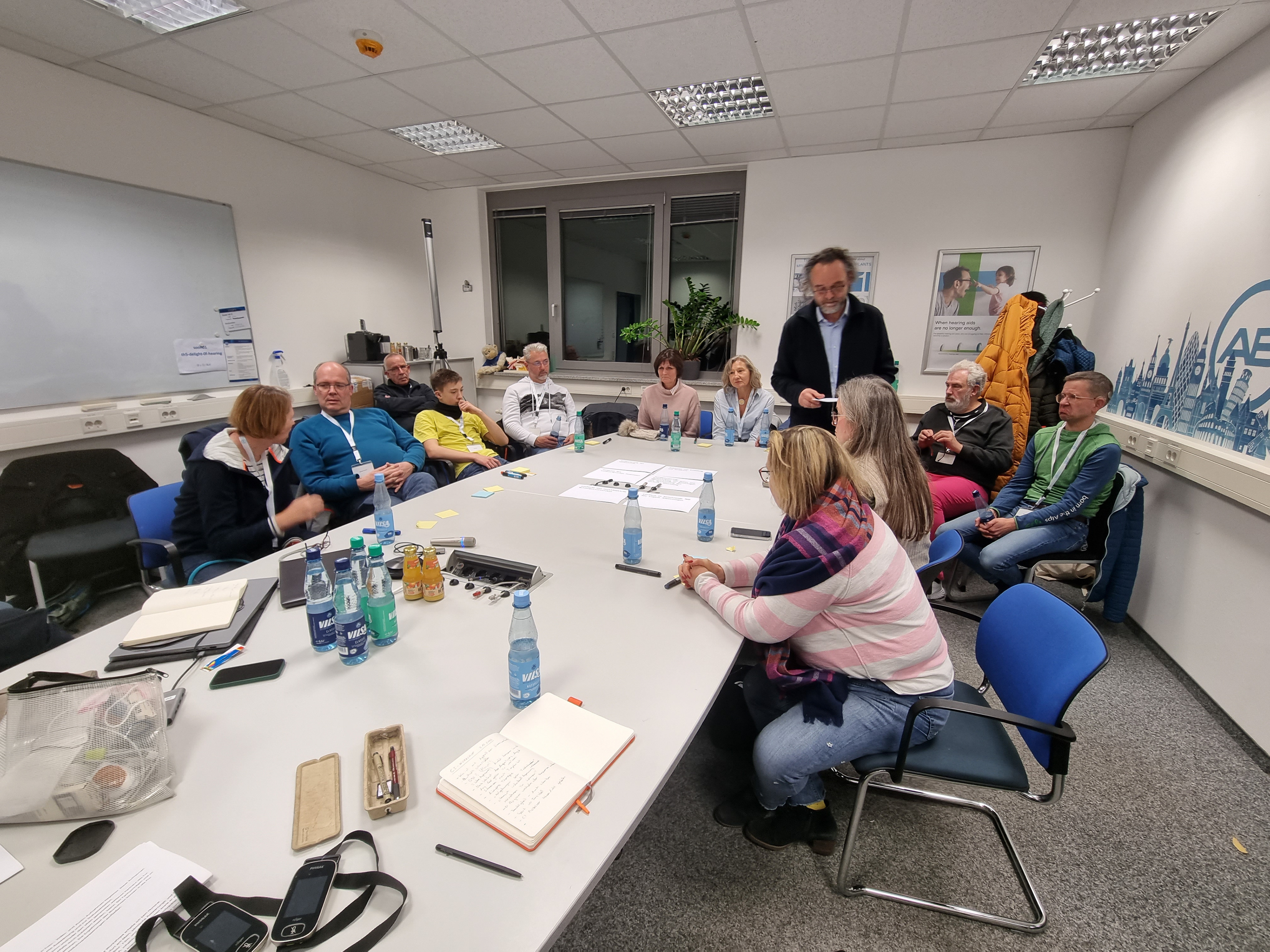

Challenge
How might we leverage artificial intelligence to enhance patient‑centred healthcare, providing personalised support in audiological and cardiological care to improve outcomes and quality of life?
Goals
AI‑based clinical decision‑making
Tele‑medical staff training
Remote caregiving at scale
Faster, data‑driven diagnosis protocols
Design approach
Our methodology combined Service Design with strategic foresight. We aligned stakeholder motivations through ecosystem maps, pictured future journeys, and stress‑tested ideas via scenario planning and risk analysis. Close collaboration with engineering ensured every insight translated into platform requirements.
Process
Stakeholder research – participatory interviews in clinics, tele‑medicine centres, and patient homes.
Value‑proposition mapping – pains, gains, and jobs‑to‑be‑done plotted for each actor.
Ecosystem mapping – visualised value constellations and data flows between 20+ actors.
Patient journey mapping – four archetypal journeys (pure audio, pure cardio, and two transition hybrids).
Business‑model design – Triple‑Layered BMCs to validate economic, social, environmental viability.
Service blueprinting & prototype specs – interaction flows, data‑handling rules, and KPIs.
Outcome
Four service‑system models covering audiology, cardiology, and two hybrid transitions
Distinct value propositions and data‑management strategies for each scenario
Clear delineation of stakeholder roles, no overlap between audio and cardio providers, ensuring regulatory clarity
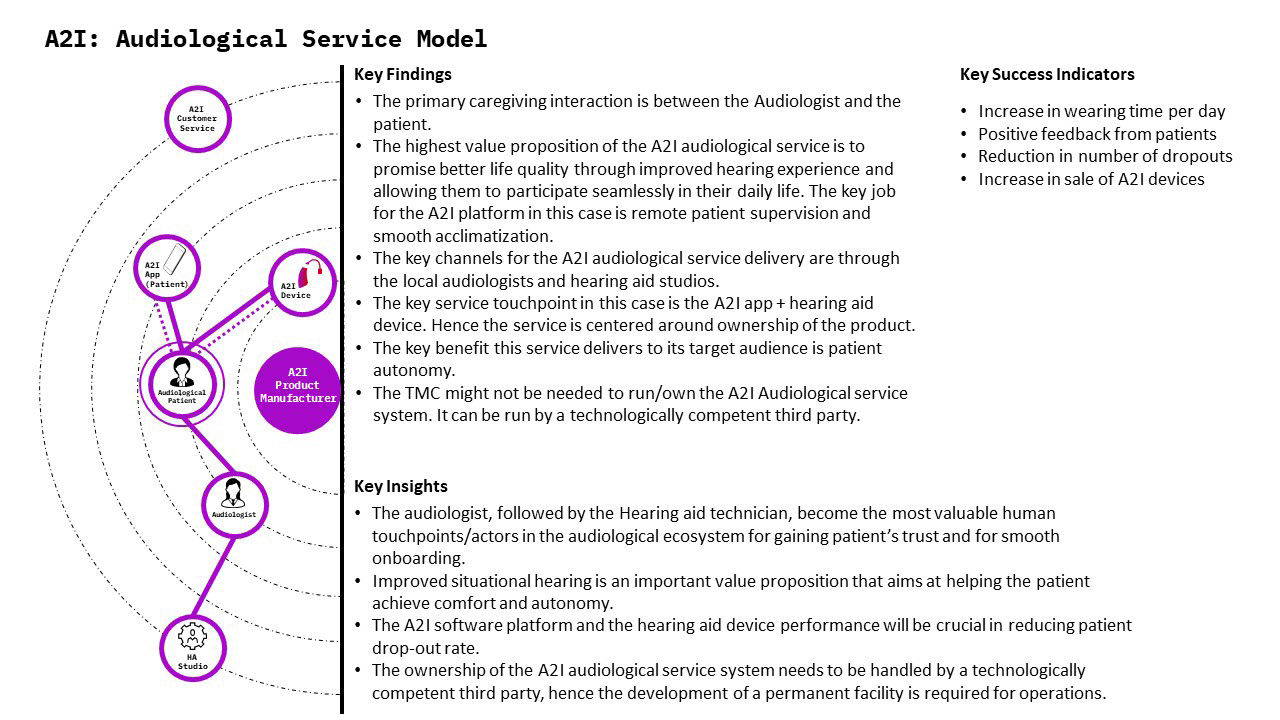
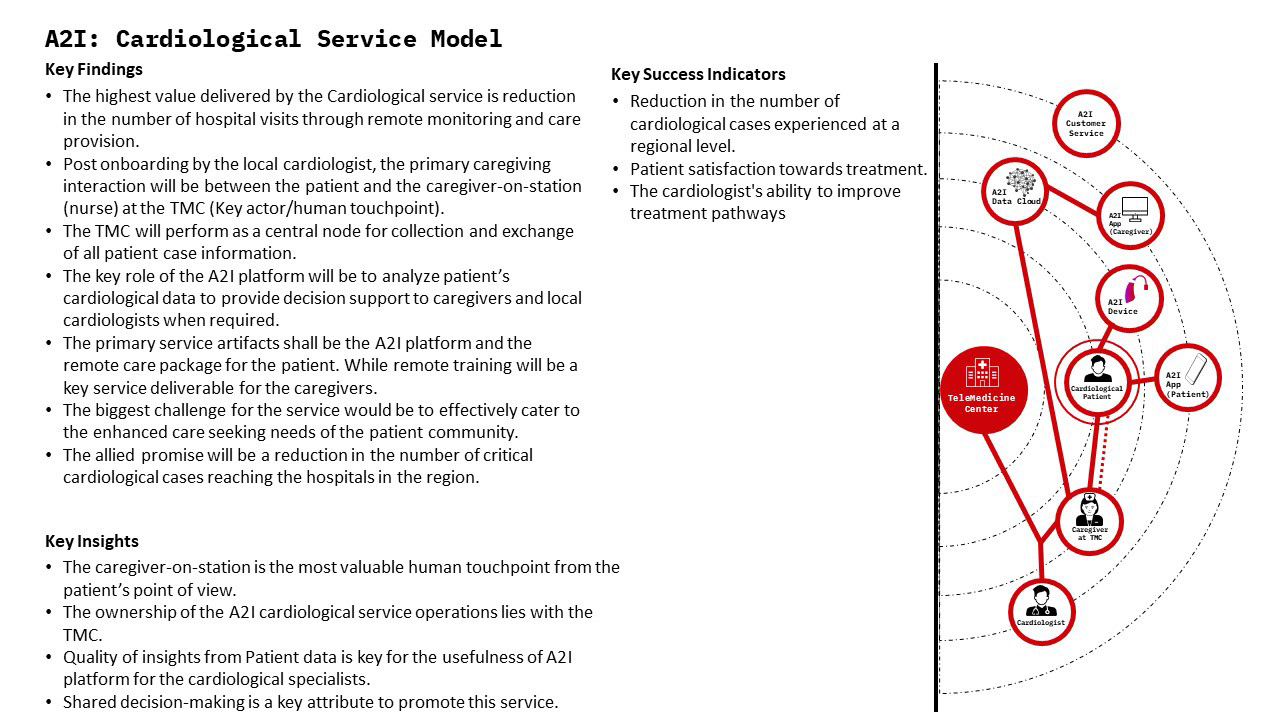
Partners:
Advanced Bionics GmbH, Oldenburg University, Heart & Diabetes Center NRW, Ruhr‑University Bochum Hospital, OFFIS e.V. (funded by Germany’s Federal Ministry of Education & Research)
